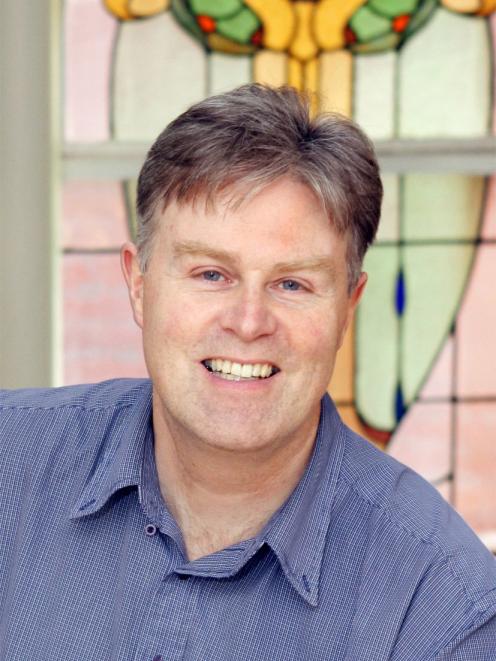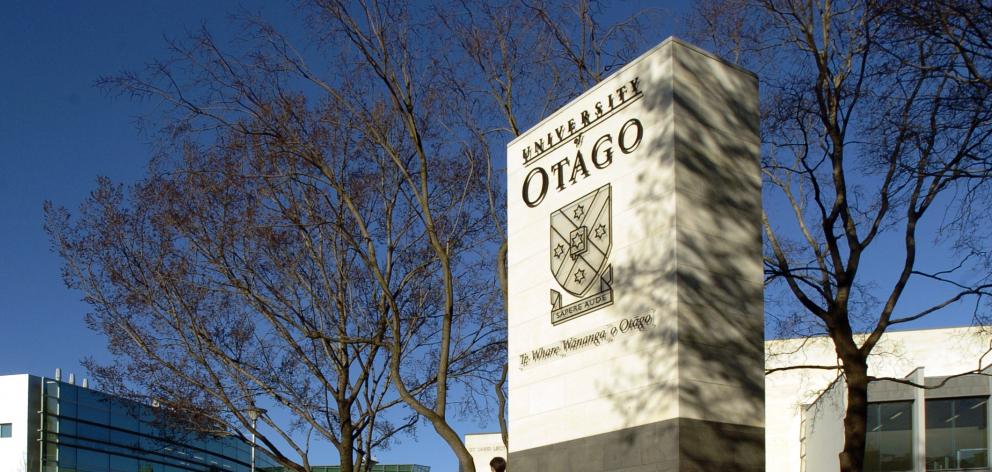
A team of University of Otago scientists may have just made a big step toward solving the heart-breaking problem of infertility - and the suspected missing puzzle piece lies hidden in our brains.
A new discovery about the complex mechanisms underlying infertility, which affects a quarter of couples wanting to conceive, builds off earlier landmark findings by the University of Otago’s Professor Allan Herbison.
In a study published late last year, Herbison and his colleagues pinpointed a group of about 2000 neurons called kisspeptin, known to trigger a cascade of biochemical changes in the body that lead to fertility and puberty.
This cluster was found in the brain’s hypothalamus, which generate an hourly luteinising hormone (LH) pulse that controls fertility in both females and males.
“We knew that episodic pulses control fertility, but the question for the past 40 years has been how does the brain do that?” Herbison explained.

“How does it manage to generate those pulses, because the pulses are the key thing that determines fertility.
“If the LH hormone is at a continuous high level or a continuous low level, then reproduction shuts down – so it must be pulsatile.
“If it’s not pulsatile or the pulses are at the wrong rate then it can cause infertility.”
For instance, he said, when these pulses are too fast in women, they caused polycystic ovary syndrome (PCOS), but if they are too slow or non-existent, they could lead to hypothalamic amenorrhea and infertility.
For Herbison, the next step was to understand how this small group of kisspeptin neurons communicate to synchronise their hourly activity.
“Because we are working in the brain and it is incredibly complicated, we need to be developing new technologies that allow us to look at brain function better and in more detail,” he said.
“For example, we have developed a methodology where we can measure the activity of those key kisspeptin neurons online in real time, all day and night, as an animal is moving about.
“Five years ago, that was only dreamed of.”
The prolactin factor
Meanwhile, in a neighbouring lab at the university, Professor Dave Grattan’s team has been busy finding another key piece of the fertility puzzle, focusing on the actions of the lactation hormone, prolactin, in the brain.

Elevated levels of prolactin have for many decades been known as a cause of infertility but – again – how it works has been a mystery.
Taking forward Herbison’s work, Grattan is also now investigating the effect of prolactin on the pattern of LH pulses.
His latest research, funded by the Health Research Council (HRC), has found that administering just a single injection of prolactin appears to slow down and stop the LH pulses to the ovaries.
“We’re thinking that that’s the mechanism where if you have chronically elevated prolactin, for example from a pituitary tumour, or physiologically such as in pregnancy or lactation, then the high prolactin is going to turn off the reproductive hormones,” Grattan said.
“In lactation that’s normal – it’s what you expect.
“But if you have high prolactin at the wrong time it causes infertility and that can happen whether you’re a male or female.”
Grattan’s key discovery had been to show the presence of prolactin receptors on the kisspeptin cells identified by Herbison’s research.
“The very recent data we’ve got, that I think is really exciting, is that when we knock out prolactin receptors in the kisspeptin cells we then lose the ability to suppress the LH pulses – they just carry on regardless,” he said.
“So it fits the idea that the way prolactin works is by directly suppressing the activity of the kisspeptin cells.”
Both researchers were keen to bring together the discoveries made through the two projects and directly measure the effect of prolactin on kisspeptin activity and the pulses sent from that small group of neurons.
Widening our knowledge about the specific ways prolactin worked had the potential to bring new treatments where couples struggle to conceive due to high prolactin levels.
“For the most part it can be treated effectively because it is so well known, but there might be more specific ways you can target a pathway rather than the sledgehammer type of approach of current treatments,” Grattan said.
For his colleague who has paved the way to more targeted research, involving new methodologies, Grattan had the greatest respect.
“To be able to actually measure a population of neurons in a conscious animal and at the same time measure the hormonal output that is regulating – nobody else in the world has done that,” he said.
“It is absolutely cutting-edge stuff.”
Solving the puzzle
Other members of Otago’s Centre for Neuroendocrinology are partway through HRC-funded projects involving fertility-related work.
Professor Greg Anderson was examining metabolism and body weight to understand the impacts of obesity and undernutrition on fertility, while Associate Professor Rebecca Campbell was investigating the brain mechanisms leading to PCOS, which affects about 10 per cent of women.
Findings from her research have just been published, showing that blocking androgen actions could help reset reproductive function to normal levels by modifying brain circuitry important to fertility.
“The synergies of having multiple groups working on independent but related projects and having each of them developing different tools and ways of looking at it is incredibly valuable,” Grattan said.
HRC chief executive Professor Kath McPherson said the discoveries taking place were the result of many years’ research and persistence by these researchers.
“It’s often the long-game with research like this – it takes time to find all the vital pieces in a complex process,” McPherson said.
“David has successfully gained HRC support for prolactin research since 1997, and Allan since 2006.
“Bit by bit, their progress is advancing our knowledge of infertility causes, not just here but around the world.
“We’re really proud to be supporting work that increasingly looks as if it will, in time, help many people on their parenting journey.”
